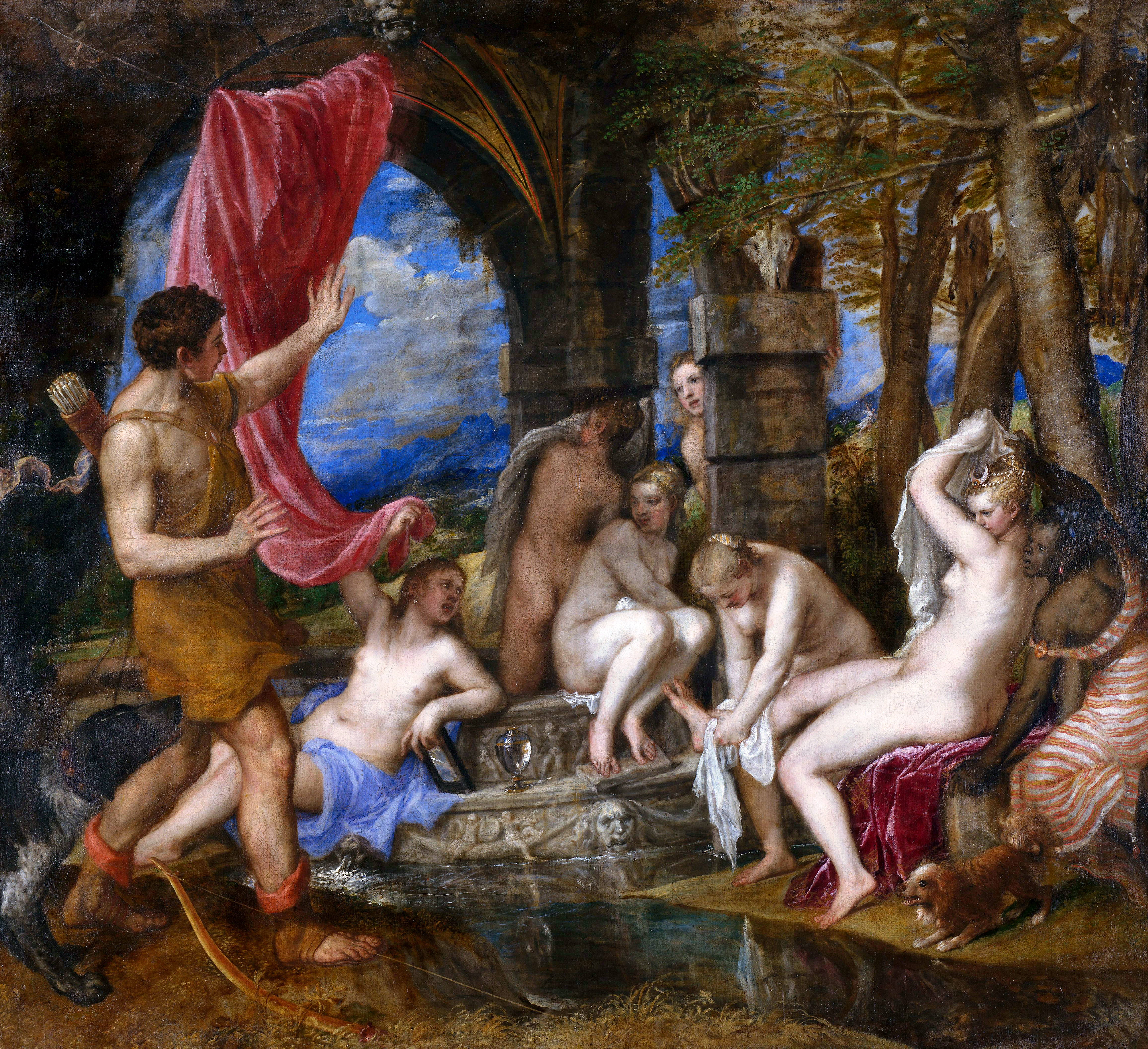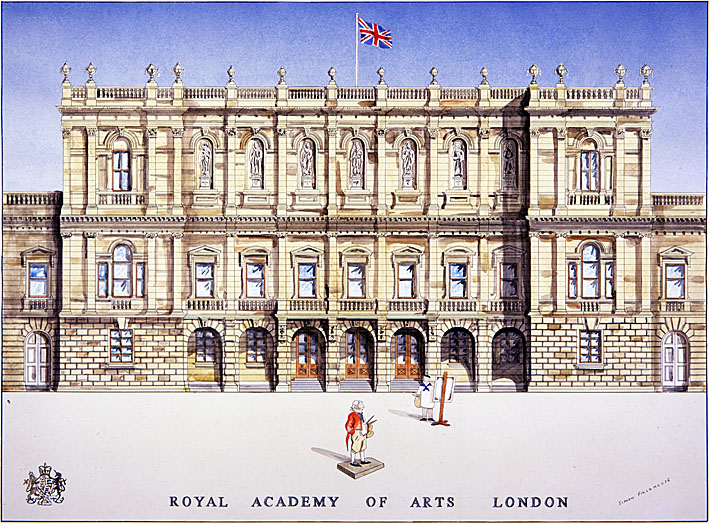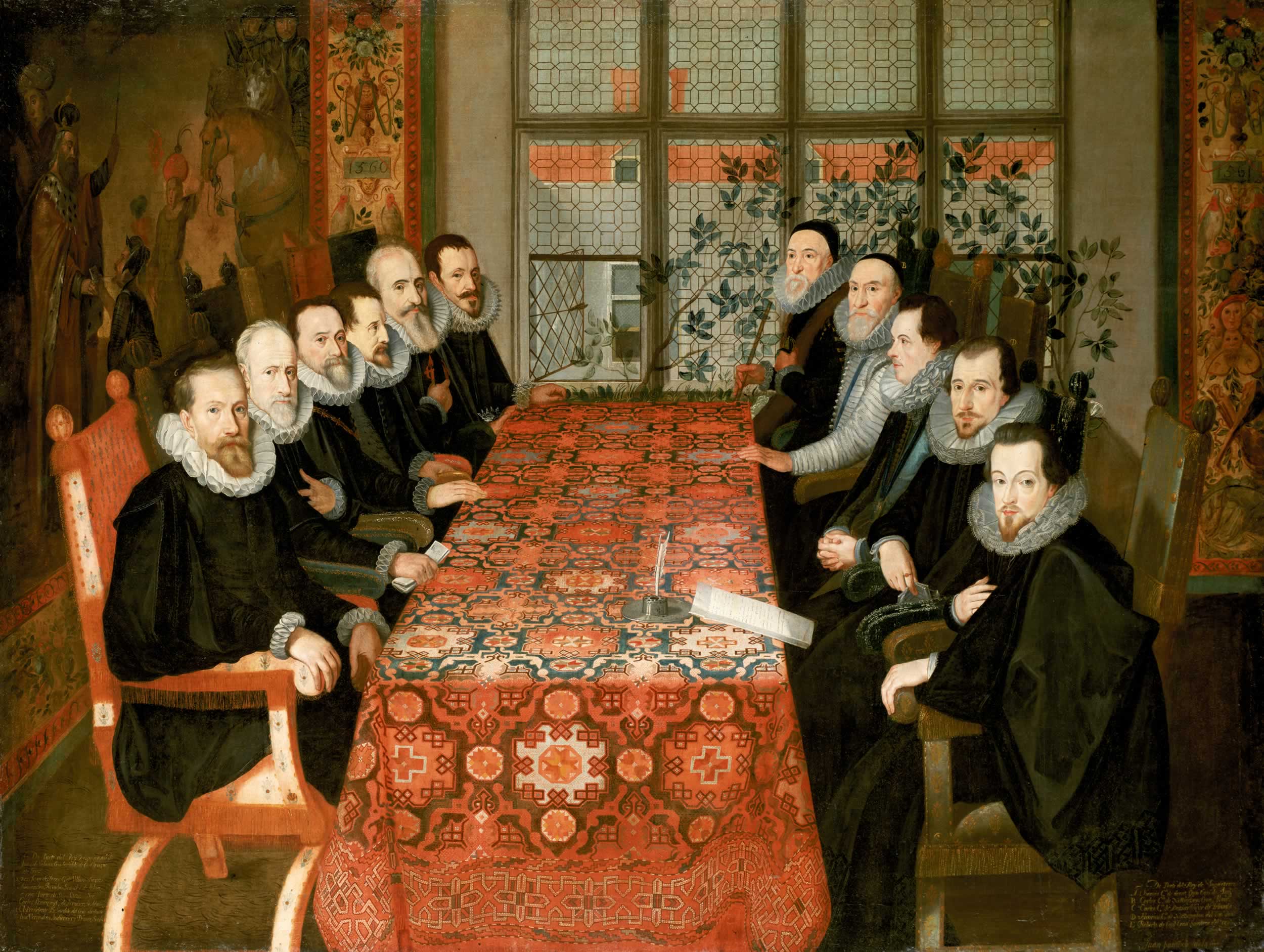|
Samson And Delilah (Rigaud)
''Samson and Delilah'' is a 1784 history painting by the Italian-born British artist John Francis Rigaud. It depicts the biblical scene of Samson and Delilah, a popular subject in art. Unusually Riguad chose to show the moment of Samson breaking free of his chains rather than the more famous scene of Delilah cutting his hair. It is also known as ''Samson Breaking his Bands''. After being elected to full membership as a Royal Academician, Riguad presented this as his diploma work to the Royal Academy of Arts which was then based in Somerset House Somerset House is a large neoclassical architecture, neoclassical building complex situated on the south side of the Strand, London, Strand in central London, overlooking the River Thames, just east of Waterloo Bridge. The Georgian era quadran .... https://www.royalacademy.org.uk/art-artists/work-of-art/samson-and-delilah References Bibliography * Eynikel, Erik M.M. & Nicklas, Tobias (ed.) ''Samson: Hero Or Fool? The Many Face ... [...More Info...] [...Related Items...] OR: [Wikipedia] [Google] [Baidu] |
John Francis Rigaud
John Francis Rigaud (18 May 1742 – 6 December 1810) was an eighteenth-century history, portrait, and decorative painter. Of French descent, he was born in Turin and spent most of his career in England. Early life Rigaud was born in Turin on 18 May 1742 and baptised on 9 September. He was the second son of James Dutilh or Rigaud and Jeanne Françoise Guiraudet. His father came from a family of Protestant merchants; his grandfather Jacques Dutilh had fled from Lyon to Geneva with his family after the revocation of the Edict of Nantes. Jacques died on the journey, and his widow assumed her maiden nameRigaudby which the family became known.Cust and Myrone, "John Francis Rigaud". John had a brother Jacques Etienne Rigaud born 16 Jan 1741 and died 7 Mar 1767 at Turin. Having demonstrated an artistic ability, Rigaud studied with Claudio Francesco Beaumont of Turin, historical painter to the king of Sardinia. He left Beaumont to travel Italy and study painting in Florence and in B ... [...More Info...] [...Related Items...] OR: [Wikipedia] [Google] [Baidu] |
Oil Painting
Oil painting is a painting method involving the procedure of painting with pigments combined with a drying oil as the Binder (material), binder. It has been the most common technique for artistic painting on canvas, wood panel, or oil on copper, copper for several centuries. The advantages of oil for painting images include "greater flexibility, richer and denser color, the use of layers, and a wider range from light to dark". The oldest known oil paintings were created by Buddhism, Buddhist artists in Afghanistan, and date back to the 7th century AD. Oil paint was later developed by Europeans for painting statues and woodwork from at least the 12th century, but its common use for painted images began with Early Netherlandish painting in Northern Europe, and by the height of the Renaissance, oil painting techniques had almost completely replaced the use of egg tempera paints for panel paintings in most of Europe, though not for Orthodox icons or wall paintings, where tempera a ... [...More Info...] [...Related Items...] OR: [Wikipedia] [Google] [Baidu] |
History Painting
History painting is a genre in painting defined by its subject matter rather than any artistic style or specific period. History paintings depict a moment in a narrative story, most often (but not exclusively) Greek and Roman mythology and Bible stories, opposed to a specific and static subject, as in portrait, still life, and landscape painting. The term is derived from the wider senses of the word ''historia'' in Latin and ''histoire'' in French, meaning "story" or "narrative", and essentially means "story painting". Most history paintings are not of scenes from history, especially paintings from before about 1850. In modern English, "historical painting" is sometimes used to describe the painting of scenes from history in its narrower sense, especially for 19th-century art, excluding religious, mythological, and allegorical subjects, which are included in the broader term "history painting", and before the 19th century were the most common subjects for history paintings. ... [...More Info...] [...Related Items...] OR: [Wikipedia] [Google] [Baidu] |
Royal Academy Of Arts
The Royal Academy of Arts (RA) is an art institution based in Burlington House in Piccadilly London, England. Founded in 1768, it has a unique position as an independent, privately funded institution led by eminent artists and architects. Its purpose is to promote the creation, enjoyment and appreciation of the fine arts through exhibitions, education and debate. History The origin of the Royal Academy of Arts lies in an attempt in 1755 by members of the Society for the Encouragement of Arts, Manufactures and Commerce, principally the sculptor Henry Cheere, to found an autonomous academy of arts. Before this, several artists were members of the Society for the Encouragement of Arts, Manufactures and Commerce, including Cheere and William Hogarth, or were involved in small-scale private art academies, such as the St Martin's Lane Academy. Although Cheere's attempt failed, the eventual charter, called an 'Instrument', used to establish the Royal Academy of Arts over a decade ... [...More Info...] [...Related Items...] OR: [Wikipedia] [Google] [Baidu] |
London
London is the Capital city, capital and List of urban areas in the United Kingdom, largest city of both England and the United Kingdom, with a population of in . London metropolitan area, Its wider metropolitan area is the largest in Western Europe, with a population of 14.9 million. London stands on the River Thames in southeast England, at the head of a tidal estuary down to the North Sea, and has been a major settlement for nearly 2,000 years. Its ancient core and financial centre, the City of London, was founded by the Roman Empire, Romans as Londinium and has retained its medieval boundaries. The City of Westminster, to the west of the City of London, has been the centuries-long host of Government of the United Kingdom, the national government and Parliament of the United Kingdom, parliament. London grew rapidly 19th-century London, in the 19th century, becoming the world's List of largest cities throughout history, largest city at the time. Since the 19th cen ... [...More Info...] [...Related Items...] OR: [Wikipedia] [Google] [Baidu] |
Artist
An artist is a person engaged in an activity related to creating art, practicing the arts, or demonstrating the work of art. The most common usage (in both everyday speech and academic discourse) refers to a practitioner in the visual arts only. However, the term is also often used in the show business, entertainment business to refer to Actor, actors, Musician, musicians, Singing, singers, Dance, dancers and other Performing arts#Performers, performers, in which they are known as ''Artiste'' instead. ''Artiste'' (French) is a variant used in English in this context, but this use has become rare. The use of the term "artist" to describe Writer, writers is valid, but less common, and mostly restricted to contexts such as critics' reviews; "author" is generally used instead. Dictionary definitions The ''Oxford English Dictionary'' defines the older, broader meanings of the word "artist": * A learned person or Master of Arts * One who pursues a practical science, traditionally ... [...More Info...] [...Related Items...] OR: [Wikipedia] [Google] [Baidu] |
Samson
SAMSON (Software for Adaptive Modeling and Simulation Of Nanosystems) is a computer software platform for molecular design being developed bOneAngstromand previously by the NANO-D group at the French Institute for Research in Computer Science and Automation (INRIA). SAMSON has a modular architecture that makes it suitable for different domains of nanoscience, including material science, life science, and drug design. SAMSON Elements SAMSON Elements are modules for SAMSON, developed with the SAMSON software development kit (SDK). SAMSON Elements help users perform tasks in SAMSON, including building new models, performing calculations, running interactive or offline simulations, and visualizing and interpreting results. SAMSON Elements may contain different class types, including for example: * ''Apps'' – generic classes with a graphical user interface that extend the functions of SAMSON * ''Editors'' – classes that receive user interaction events to provide editing functi ... [...More Info...] [...Related Items...] OR: [Wikipedia] [Google] [Baidu] |
Delilah
Delilah ( ; , meaning "delicate";Gesenius's ''Hebrew-Chaldee Lexicon'' ; ) is a woman mentioned in the sixteenth chapter of the Book of Judges in the Hebrew Bible. She is loved by Samson, a Nazirite who possesses great strength and serves as the final Judge of Israel. Delilah is bribed by the lords of the Philistines to discover the source of his strength. After three failed attempts at doing so, she finally goads Samson into telling her that his vigor is derived from his hair. As he sleeps, Delilah calls a servant to cut Samson's hair, thereby enabling her to turn him over to the Philistines. Delilah has been the subject of both rabbinic and Christian commentary; rabbinic literature identifies her with Micah's mother in the biblical narrative of Micah's Idol, while some Christians have compared her to Judas Iscariot, the man who betrayed Jesus. Scholars have noted similarities between Delilah and other women in the Bible, such as Jael and Judith, and have discussed the ques ... [...More Info...] [...Related Items...] OR: [Wikipedia] [Google] [Baidu] |
Diploma Work
In art, a reception piece is a work submitted by an artist to an academy for approval as part of the requirements for admission to membership. The piece is normally representative of the artist's work, and the organization's judgement of its skill may or may not form part of the criteria for accepting a new entrant. The work itself is usually retained by the academy, and many academies have large and valuable collections acquired in this way. Alternative terms include ''diploma work'' at the Royal Academy in London (where some 18th and 19th century examples are on display), ''diploma piece'', and in France at the Académie royale de peinture et de sculpture, ''tableau de réception'' or ''morceau de réception''. The term masterpiece originated in the same way under the earlier system of guilds, including those for artists. Origins The requirement to submit a reception or diploma piece is closely related to the practice in the medieval period and later of requiring a craftsman ... [...More Info...] [...Related Items...] OR: [Wikipedia] [Google] [Baidu] |
Somerset House
Somerset House is a large neoclassical architecture, neoclassical building complex situated on the south side of the Strand, London, Strand in central London, overlooking the River Thames, just east of Waterloo Bridge. The Georgian era quadrangle is built on the site of a Tudor period, Tudor palace ("Old Somerset House") originally belonging to the Edward Seymour, 1st Duke of Somerset, Duke of Somerset. The present Somerset House was designed by William Chambers (architect), Sir William Chambers, begun in 1776, and was further extended with Victorian era outer wings to the east and west in 1831 and 1856 respectively. The site of Somerset House stood directly on the River Thames until the Victoria Embankment was built in the late 1860s. The great Georgian era structure was built to be a grand public building housing various government and public-benefit society offices. Its present tenants are a mixture of various organisations, generally centred around the arts and education. ... [...More Info...] [...Related Items...] OR: [Wikipedia] [Google] [Baidu] |
1784 Paintings
Events January–March * January 6 – Treaty of Constantinople: The Ottoman Empire agrees to Russia's annexation of the Crimea. * January 14 – The Congress of the United States ratifies the Treaty of Paris with Great Britain to end the American Revolution, with the signature of President of Congress Thomas Mifflin.''Harper's Encyclopaedia of United States History from 458 A. D. to 1909'', ed. by Benson John Lossing and, Woodrow Wilson (Harper & Brothers, 1910) p167 * January 15 – Henry Cavendish's paper to the Royal Society of London, ''Experiments on Air'', reveals the composition of water. * February 24 – The Captivity of Mangalorean Catholics at Seringapatam begins. * February 28 – John Wesley ordains ministers for the Methodist Church in the United States. * March 1 – The Confederation Congress accepts Virginia's cession of all rights to the Northwest Territory and to Kentucky (Illinois County). * March 22 – The Emerald ... [...More Info...] [...Related Items...] OR: [Wikipedia] [Google] [Baidu] |








